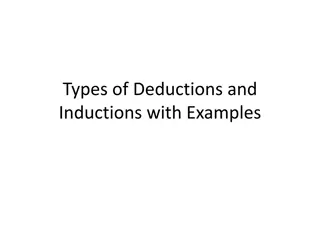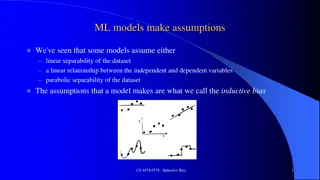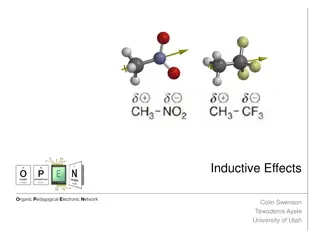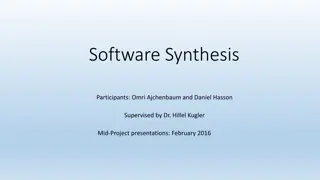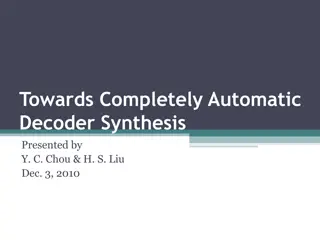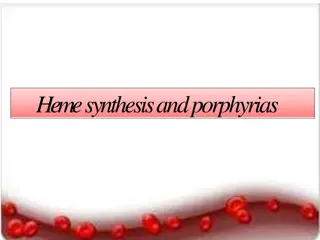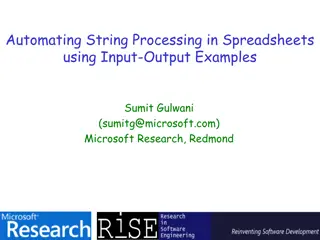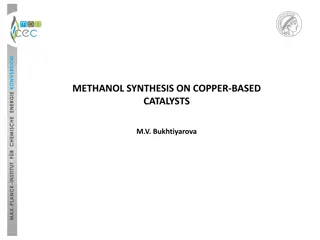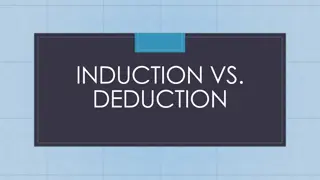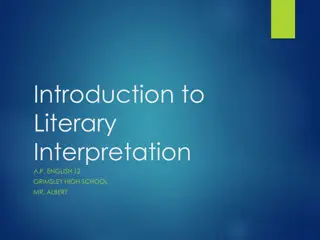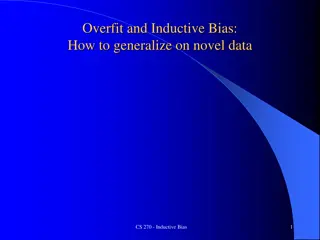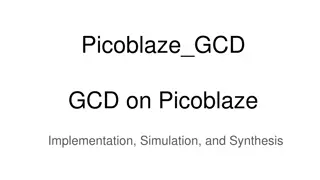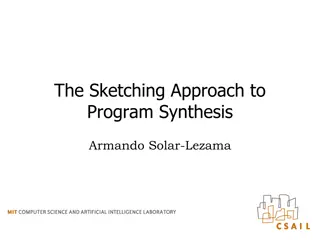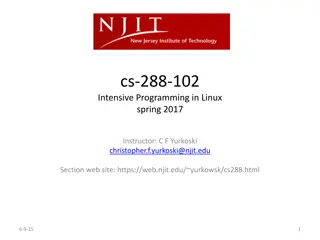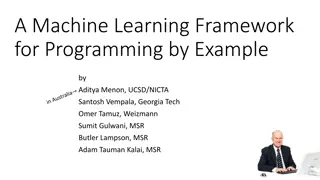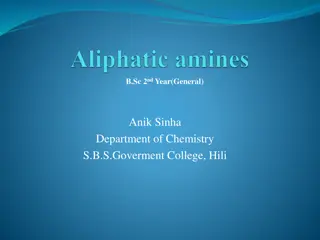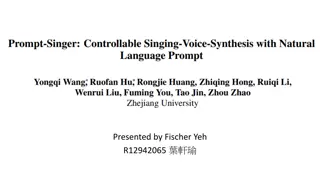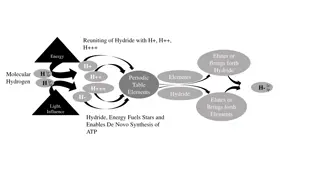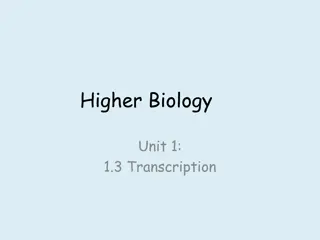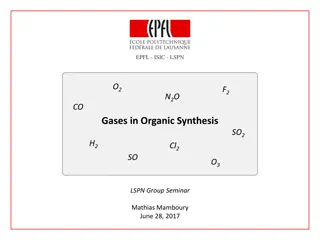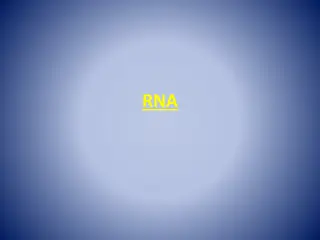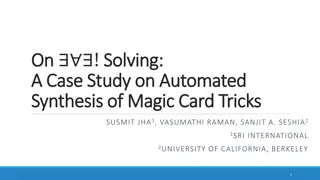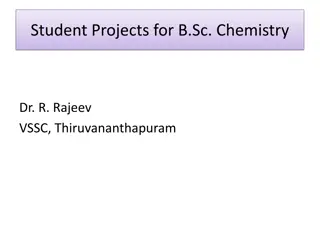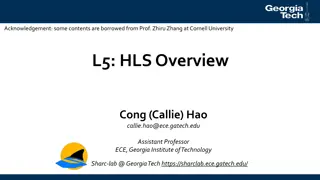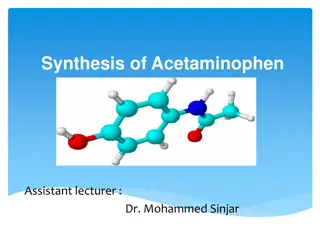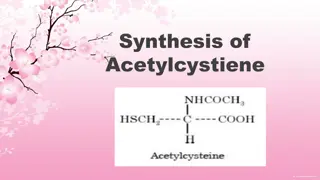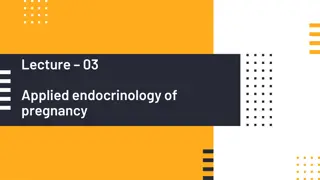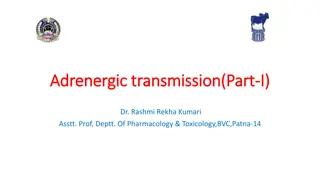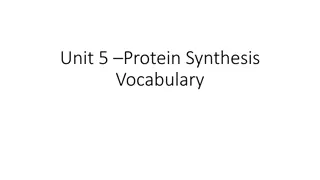Programming by Example: A Journey into Inductive Synthesis
Delve into the realm of Programming by Example (PBE) and its motivating factors, distinctions from Programming by Demonstration (PBD), history of inductive learning, and the significance of generalization from observations. Explore how PBE and PBD fit into the landscape of inductive learning and machine learning, with insights on the evolution of algorithms and the quest for efficient program synthesis through examples.
Download Presentation

Please find below an Image/Link to download the presentation.
The content on the website is provided AS IS for your information and personal use only. It may not be sold, licensed, or shared on other websites without obtaining consent from the author. Download presentation by click this link. If you encounter any issues during the download, it is possible that the publisher has removed the file from their server.
E N D
Presentation Transcript
Lecture 2 Inductive Synthesis and Programming by Example Armando Solar-Lezama
Programming by Example Outline Motivation History Key issues Defining the space of programs Explicit search
Programming by Example: Motivation Two major criticisms of synthesis: It s too hard to make it work Even if it works, it ends up being too hard to use Algorithm Designers (logics, automata, etc.) Software Developers Most Useful Target End-Users (Examples!) Students and Teachers
Programming by Example Program Examples Search Algorithm
PBE vs. PBD Programming by Example (PBE) Generally input/output E.g., factorial(6) = 720 Programming by Demonstration (PBD) In addition to input/output, show a trace of the computation E.g., factorial(6) = 6 * (5 * (4 * (3 * (2 * 1)))) = 720
PBD/PBE vs. Inductive learning 1, 2, 4, 8, ?? 1, 2, 4, 7, ?? PBE/PBD are examples of inductive learning Most machine learning falls into this category as well
A little bit of history: who was the first? Learning Structural Descriptions from Examples By our very own Patrick Winston [1970] Explored the question of generalizing from a set of observations Similar to the Zendo game: Pygmalion [Smith 75] Real programming by demonstration http://acypher.com/wwid/Chapters/01Pygmalion.html
A little bit of history: inductive learning Ad-hoc approaches General inductive learning techniques Version-space generalization Inductive logic programming Tessa Lau
A little bit of history Detect failure and fail gracefully Make it easy to correct the system Encourage trust by presenting a model users can understand Enable partial automation
Key issues in inductive learning Program you actually want Programs matching the observations Space of programs (1) How do you find a program that matches the observations? (2) How do you know it is the program you are looking for?
Key issues in inductive learning Program you actually want Programs matching the observations Traditional ML emphasizes (2) Fix the space so that (1) is easy Space of programs So did a lot of PBD work (1) How do you find a program that matches the observations? (2) How do you know it is the program you are looking for?
The synthesis approach Program you actually want Programs matching the observations Modern emphasis Space of programs (1) How do you find a program that matches the observations? (2) How do you know it is the program you are looking for?
The synthesis approach Program you actually want Modern emphasis If you can do really well with (1) you can win (2) is still important Space of programs Programs matching the observations (1) How do you find a program that matches the observations? (2) How do you know it is the program you are looking for?
Interaction model Program you actually want Space of programs Suggested program A third issue: Historically an HCI topic Related to two major questions How to define the search space How to search
What is a program A description of how to perform a computation Described in a programming language Syntax Semantics
Expressiveness General purpose languages tend to be Turing Complete For synthesis, this may be overkill A key step for synthesis is designing a language with the right level of expressiveness
Ex. Arithmetic Language Grammar 5 + 3 * 2 ???? ???? | ???? ???? | ???? ???? | ? ???? + ????
Representing Programs Text is not a great choice We generally use Abstract Syntax Trees (AST) Data-structure that captures the structure of the language Abstracts away low-level syntactic details
Ex. Arithmetic Language Semantics Grammar AST ???? ???? | ???? + ???? ???? ???? | ???? ???? | ? data Expr = Num Int | Plus Expr Expr | Times Expr Expr eval Num n = n eval Plus a b = (eval a) + (eval b) eval Times a b = (eval a) * (eval b) AST as a Grammar expr = N | Plus(expr, expr) | Times(expr, expr)
A word on Functional Notation Used in many places in the course Key ideas: No mutation Functions are actual mathematical functions Functions are first-class values that can be used like any other value functions can return functions, take functions as parameters, functions can be stored in variables or data-structures
Search Techniques Explicit Enumeration explicitly construct different programs until one finds a program that satisfies the observations Can be top-down or bottom up
Top down vs. Bottom Up Enumeration reduce (map ??? x. x + 5) 0 ? ?.??.? + ? reduce Top Down ??. map 0 Bottom Up ?? ??. ??. + + x 5 x y
Search Techniques Symbolic search synthesizer maintains a symbolic representation of the space of all programs that are considered valid Different symbolic representations lead to different search algorithms. Flashfill and Sketch both use symbolic representations More of this in a few lectures
Defining the space of programs Structural hypothesis What is the space How do you describe it (user s perspective) How do you represent it (system s perspective) Does it have any properties that can help the search
Example lstExpr := sort(lstExpr) lstExpr[intExpr,intExpr] lstExpr + lstExpr recursive(lstExpr) [0] in intExpr := firstZero(lstExpr) len(lstExpr) 0 intExpr + 1 1,4,2,0,7,9,2,5,0,3,2,4,7 1,2,4,0,2,5,7,9,0,2,3,4,7,0 Process(in) := sort(lstExpr[0, firstZero(in)]) + [0] + recursive(lstExpr[firstZero(in)+1, len(in)]);
What is the space? lstExpr := sort(lstExpr) lstExpr[intExpr,intExpr] lstExpr + lstExpr recursive(lstExpr) [0] in intExpr := firstZero(lstExpr) len(lstExpr) 0 intExpr + 1 The set of all programs in lstExpr
What is the space? Grammars as definitions of program spaces Pro Clean declarative description Easy to sample Easy to explore exhaustively Con Insufficiently expressive
Program spaces with grammars lstExpr := sort(lstExpr) lstExpr[intExpr,intExpr] lstExpr + lstExpr recursive(lstExpr) [0] in intExpr := firstZero(lstExpr) len(lstExpr) 0 intExpr + 1 What if we know the following: Sort is never called more than once in a sub-list. Recursive calls should be made on lists whose length is less than len(in) We ll never have to add one multiple times in a row
Generators/Generative models Programs that produce programs Can be either random or non-deterministic Pros: Extremely general easy to enforce arbitrary constraints Cons: Extremely general Hard to analyze and reason about Hard to automatically discover structure of the space
Symmetries Multiple ways of representing the same problem Expr := var*const | Expr + Expr Expr := var*const | var*const + Expr w*c1+(x*c2+(y*c3+z*c4)) Grammar on the right has fewer symmetries Grammar on the left can produce all possible ways to parenthesize Can completely eliminate symmetries from the right by enforcing a variable ordering Can t be done with a grammar, but it can with a generative model Expr(vmin) := let v = var() in v*const (assert v>vmin) | let v=var() in v*const + Expr(v) (assert v > vmin)
Symmetries Do symmetries matter? It depends Some methods are very sensitive to symmetries E.g. symbolic search Others are largely oblivious to them e.g. some forms of bottom-up search


